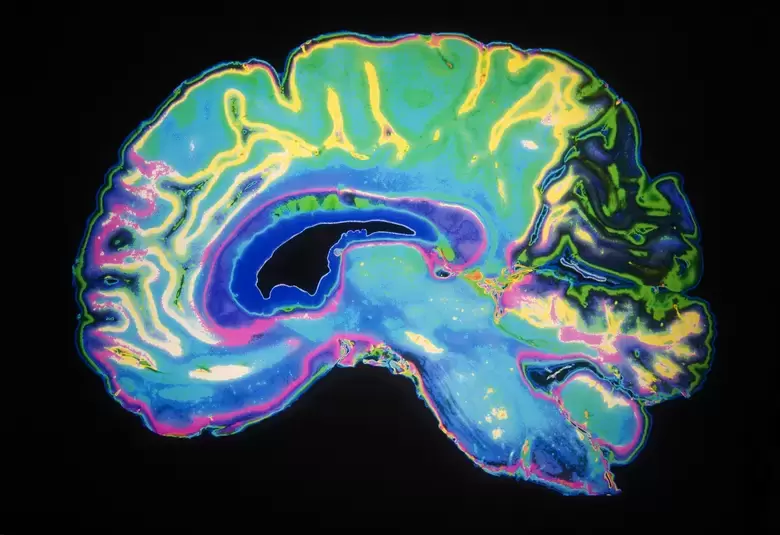In a scientific session at the 16th European Headache Congress, December 7–10, 2022, Vienna, Austria, the expert faculty considered which of randomized controlled trials or real-world evidence are most useful to direct headache clinical practice. Real-world evidence can help to test the application of clinical trials data in practice and provide additional information on the effectiveness of migraine preventives, particularly in special patient populations not currently well served by clinical trials.
RWE is different not inferior to RCTs
Dr Raffaele Ornello, L’Aquila, Italy considered that real world evidence (RWE) and randomized controlled trials (RCTs) do not compete but complete each other. RWE helps to assess the effectiveness of medications in special patient populations not included in RCTs, allows for the collection of adherence and long-term safety data, and the determination of predictors of response and new treatment outcomes.
RWE tests the application of high-quality RCT evidence in clinical practice, Dr Ornello added, and well-conducted RWE can be hypothesis-generating for clinical and basic research. In RCTs of migraine medications, trial populations have mostly comprised patients with a lower burden of disease, i.e., those with episodic migraine, mean age 40 years with mean disease duration of 20 years. While in real world studies the average population has chronic migraine, mean age 50 years with mean disease duration of 30 years.1
Patients with high disease burden, older patients, and those with refractory chronic migraine are often underserved and underrepresented in clinical trials
Real world treatment patterns for CGRP inhibitor mAbs
Dr Bianca Raffaelli, Berlin, Germany considered that while RCTs are still the gold standard for clinical research, following RCTs there remain open questions that may be answered by RWE. One question concerns for how long patients should receive preventive treatment with calcitonin gene-related peptide (CGRP) inhibitor monoclonal antibodies (mAbs) in the case of poor or good response to treatment.
The 2022 European Headache Federation (EHF) guideline suggests that the first evaluation of efficacy should take place after a minimum of 3 consecutive months of treatment with a CGRP inhibitor mAb.2 However, some patients take more time to achieve a relevant benefit and in selected patients an additional period of 3 months treatment may be appropriate before re-evaluation of treatment.3,4
Evaluation of the effectiveness of migraine prevention should take place after a minimum of 3 consecutive months’ treatment, or longer for some patients who take more time to achieve a relevant benefit
In the case of patients who respond well to a CGRP inhibitor mAb, the question arises of how long to continue therapy. The EHF guidelines consider a pause may be appropriate after 12–18 months of continuous treatment;2 however, treatment should be restarted if migraine worsens after withdrawal, as seen in RWE.5
In patients with inadequate response to a CGRP inhibitor mAb, switching to another mAb may be an option, as demonstrated in a study showing that 30% of patients respond to a second CGRP inhibitor mAb.6
Prevention is better than cure
Professor Hans Christoph Diener, Essen, Germany discussed the subpopulation of patients with chronic migraine and medication overuse headache (MOH) who are underrepresented in prospective RCTs and have limited treatment options. He considered that while acute headache medication may be effective to treat migraine, reducing reliance on acute headache medication to avoid MOH is an important goal of preventive medicine.
Reducing reliance on acute headache medication is an important goal of preventive migraine treatment
Post-hoc analyses of RCTs show that effective reduction in monthly migraine days with CGRP inhibitor mAb preventive therapy leads to a reduction in the use of acute medication among patients with chronic migraine and MOH,7,8 and further trials dedicated to this patient subpopulation are warranted.
Our correspondent’s highlights from the symposium are meant as a fair representation of the scientific content presented. The views and opinions expressed on this page do not necessarily reflect those of Lundbeck.




